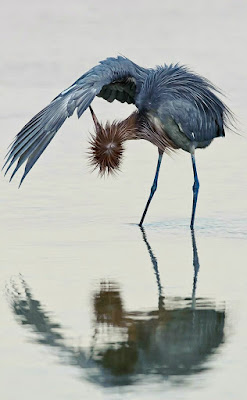There are many attributes that make Cornell unique among America’s top universities. One could choose to focus on its philosophy of undergraduate education, beautiful setting or its long and pioneering history of Asian studies. All of that is true and good. The library’s collections are stunning. And yet the campus has a dark side.
The first hints suggest themselves shortly after halloween when small signs begin to appear on campus staircases and walkways warning unwary travelers that these paths will not be maintained during the winter. One undertakes the journey at your own risk. At first all of this seems like the ramblings of an over enthusiastic legal team. The staircases and walkways in question are not in some deserted corner of “the plantations.” These signs dot the campus’ main quads. They are referring to the areas that one will likely traverse.
By January the situation comes into an awful clarity. The signage is neither alarmist nor paranoid. The university (like everything else is Ithaca) is built on a hill, one that is now all the steeper for being covered with ice. Walking from the bus to the library can be enough to test anyone’s Kung Fu.
And then there is the snow. Having grown up near Buffalo NY I am used to major snow events. “Lake effect snow” is a part of my life. I cannot count the number of storms I have been in that have dumped three feet of snow in a couple of hours. While we tend not to get quite as much snow here in Central NY, an uncanny combination of typography, high winds and low temperatures combine to make winter driving in the area uniquely problematic. It certainly makes fieldwork seasonally challenging.
To sum the situation up, in Ithaca winter starts as a rumor, and quickly escalates to a nightmare.
All of this can be a challenge for martial artists. While there are many ways of classifying the traditional Chinese fighting styles (northern vs. southern, modernist vs traditional, internal vs. external, Han vs. minority, hard vs. soft….) I suspect that one of the most salient sociological divisions has largely been overlooked. That would be individuals who train in the park (or some other public outdoor space) vs. those who train primarily in an indoor studio.
Coming from a Wing Chun, background I was strictly a studio guy. When a reporter once asked me what sort of environment my martial art had been developed in, I surprised him by answering “warehouses” rather than Red Boats or mythical temples (the answer that he seemed to be fishing for). Nor is Wing Chun alone in this regard. Many southern Kung Fu systems tend to be practiced indoors.
Various explanations are given for this, ranging from the extreme secrecy of their transmission to the traditional lack of open green space in the region’s cities. It is sometimes hard to know what to make of the conflicting explanations. Villages in the countryside tended to have open air “boxing grounds,” but in urban environments the closed studio, or rented temple courtyard, became the norm.
If pushed I would say that this probably reflected the realities of urban architecture rather than any deep seated cultural preference for walls and a roof. Yet what begins as a matter of expediency often becomes “tradition” as we create stories to interpret our own experiences. Modern cities in Southern China (and South East Asia) now have parks and green spaces. But one is much more likely to find Taiji, Bagua, or Jingwu students within them than Wing Chun or Choy Li Fut classes. Even in America my Sifu always conducted his classes indoors, even though the back of our school opened out onto a usually empty park. (Pole training was one of the few times we headed outdoors to make use of this resource). Cultural practices within the martial arts are innovated and stabilized rather than always being a product of the distant past.
Moving back to New York state has forced me to think carefully about some of these issues. Doing more weapons work, and lacking a dedicated studio for daily practice, I have found myself migrating from the ranks of “studio dweller” to “park person.” One of the really nice things about Ithaca is that the region is covered in parks and green spaces. One is never without a place to jog or train.
The downside to that, however, is that today’s high temperature is expected to be 2 degrees (the low is -7) and all of those “green spaces” are white. So should I grab by boots, hat and dragon pole to head outside for some training?





















